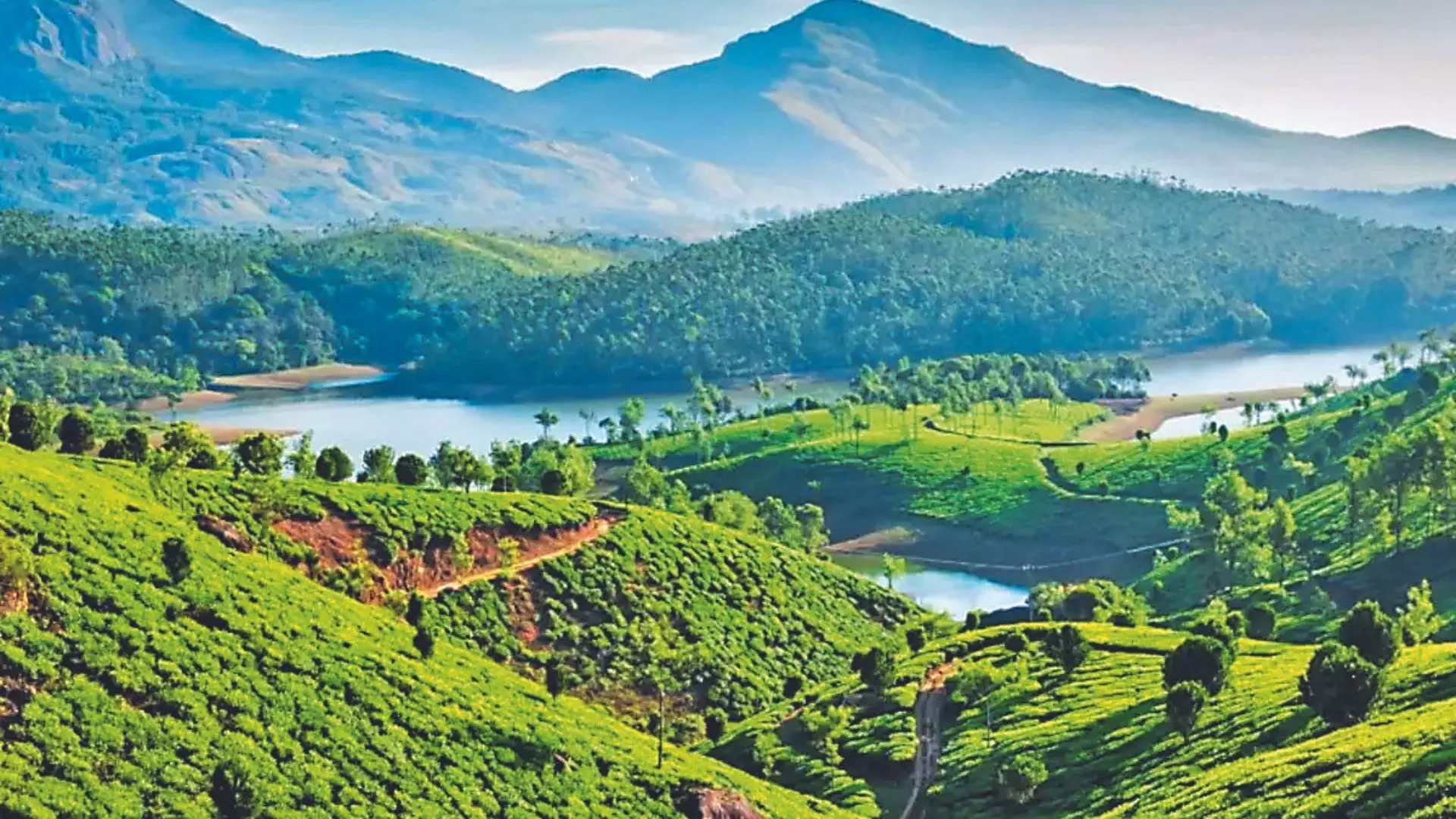I’ll show you who’s boss: Mother Nature
As picturesque Wayanad drowns in the sorrow of the devastating floods, there is a powerful message delivered by Nature — “You’re not the owner, just a guest.”

The natural disaster was not just an isolated event, but a stark reminder of the fragile balance between human development and the environment. The floods were the result of incessant monsoon rains, but the extent of the damage was exacerbated by years of unchecked deforestation, unplanned construction and encroachment on ecologically sensitive areas.
Wayanad, known for its lush forests and hilly terrain, had been increasingly subjected to human interference. “Roads, resorts and buildings were constructed in areas that once served as natural buffers against such disasters,” says Eldho Chirackachalil, All India Professional Congress (AIPC) Leader and Social Activist. He continues, “If the government allows quarries in areas like this, strict regulations should be put in place. Unauthorized quarries are also a major cause of incidents like this.” Experts have long warned about the dangers of building on floodplains, lake beds and steep slopes. Dr. Madhav Gadgil, an ecologist and the chair of the Western Ghats Ecology Experts Panel, has repeatedly cautioned that disrupting natural drainage systems makes regions like Wayanad more vulnerable to flooding and landslides.
His report, often referred to as the Gadgil Report, highlighted the need for sustainable development in the Western Ghats, an area that spans six states and is known for its biodiversity. Unfortunately, the report’s recommendations were largely ignored.
In the wake of the 2024 floods, more voices from the community and environmental experts have underscored the urgency of addressing these issues. Retired Major General Indrabalan, who is actively engaged in rescue operations, stated, “The floods are not just about heavy rains; they are about the cumulative impact of years of exploitation. We’ve ignored the warnings for too long, and now we're paying the price.”
Dr. V. Sreekumar, a geologist from the Kerala University of Environmental Sciences, points out, “Wayanad’s unique geography made it particularly vulnerable to landslides and flooding. The excessive construction on hill slopes and the deforestation in the region have aggravated the situation. The natural water absorption capacity of the soil has been drastically reduced. We must realize that playing with natural topography has disastrous impacts on our lives and the lives of our future generations.”
Local residents too have voiced their concern. Bindu Nair, a resident of Wayanad who lost her home in the floods, shared, “We’ve seen landslides before, but nothing like this. I lost everything. The hills are being cut down and the forests are disappearing. It’s like nature is pushing back against us.”
When will we learn!
The 2024 Wayanad floods are part of a broader pattern of natural disasters that have struck Kerala and other parts of India in recent years. The 2018 Kerala floods, which were among the worst in the state’s history, also underscored the consequences of environmental mismanagement. Similar trends are observed globally, with disasters like the wildfires in the Amazon and the landslides in the Himalayas serving as reminders of the risks associated with unsustainable development practices.
Despite the increasing frequency of such events, human activities continue to disrupt the environment. In Chennai, for example, construction in flood-prone areas persists in the southern parts of the city; while the Aravalli hills in Haryana face relentless encroachment. “Indian real estate is developing far more rapidly than the earth can sustain. Every day we see natural water bodies filled up with garbage and apartment blocks coming up over them. In many cities see government projects and tourism projects destroying hills and bringing down forests for development of villa projects,” fumes lawyer Ajay Francis Inigo, while Sunita Narain, Director General of the Centre for Science and Environment, remarks, “The Wayanad floods are an alarm for all of us. We need to rethink our approach to development, especially in ecologically sensitive areas. The cost of ignoring these warnings is becoming evident.”
Experts have long warned about the dangers of building on floodplains, lake beds and steep slopes. Dr. Madhav Gadgil, an ecologist and the chair of the Western Ghats Ecology Experts Panel, has repeatedly cautioned that disrupting natural drainage systems makes regions like Wayanad more vulnerable to flooding and landslides.
“The Wayanad floods are an alarm for all of us. We need to rethink our approach to development, especially in ecologically sensitive areas. The cost of ignoring these warnings is becoming increasingly evident. — Sunita Narain, Director General of the Centre for Science and Environment
Wayanad’s unique geography made it particularly vulnerable to landslides and flooding. The excessive construction on hill slopes and the deforestation in the region have aggravated the situation. The natural water absorption capacity of the soil has been drastically reduced. We must realize that playing with natural topography has disastrous impacts on our lives and the lives of our future generations.” — Dr. V. Sreekumar, a geologist from the Kerala University of Environmental Sciences.
